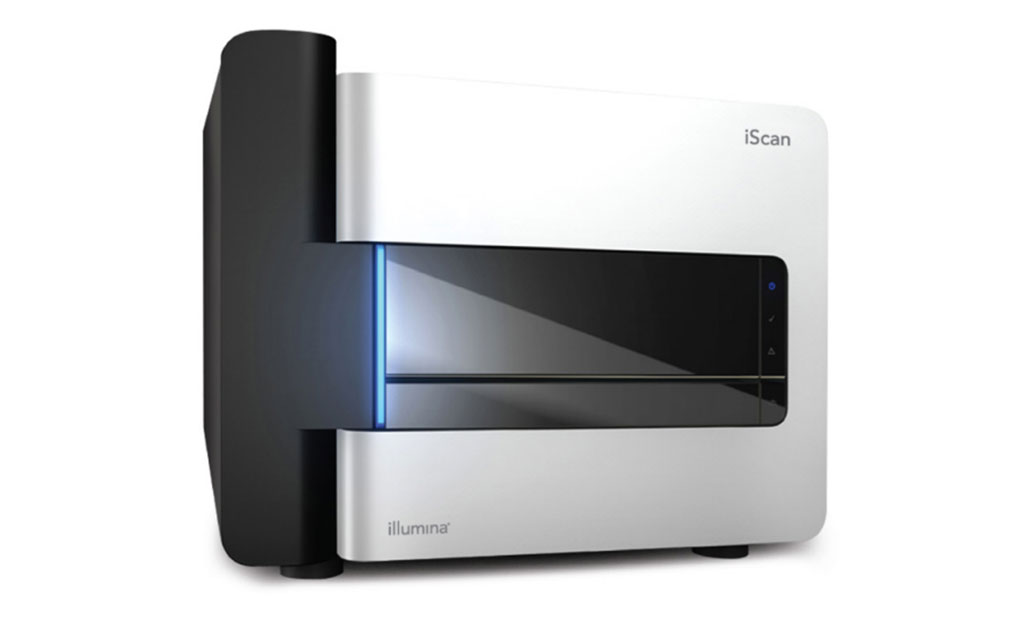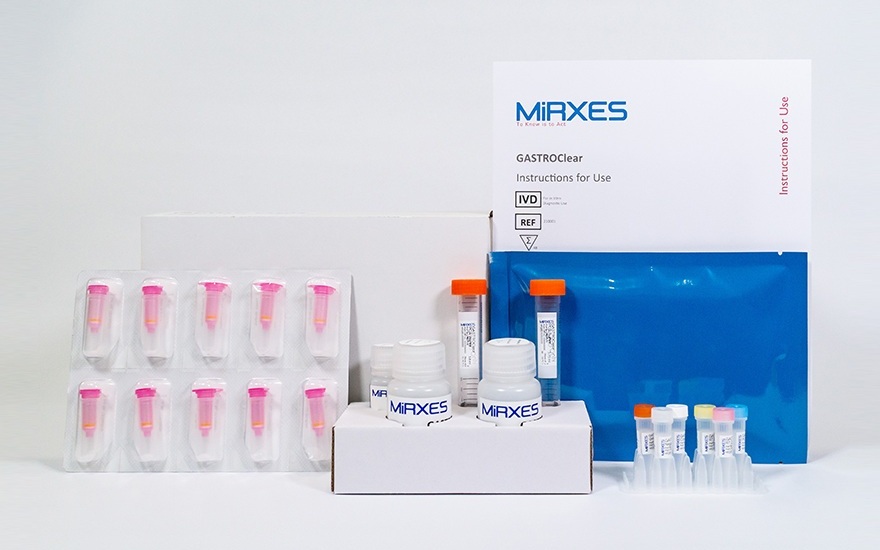Molecular Profiling of Meningioma Leads to Improved Prognosis and Therapy
Posted on 15 Feb 2022
A meningioma is a primary central nervous system (CNS) tumor. Meningiomas are the most common type of primary brain tumor and they begin in the brain or spinal cord. However, higher grade meningiomas are very rare. One-fifth of meningiomas classified as benign by histopathological grading will become malignant.
Over the past decade, next-generation sequencing (NGS) has transformed our understanding of many tumors of the central nervous system (CNS), leading to better diagnosis and targeted therapies. For example, medulloblastomas are now classified by molecular characteristics such as sonic hedgehog pathway activation, which has led to the development of rational therapies that are currently in clinical trial.

Neurologists at the Baylor College of Medicine (Houston, TX, USA) and their colleagues analyzed 365 meningiomas by integrating multiple molecular profiling approaches strongly suggested there are three biologically distinct groups, with one being reliably malignant. Histologically, 90 tumors were WHO grade I, 20 were WHO grade II, and none were WHO grade III (the vast majority of grade III tumors are recurrences).
The scientists used the Illumina 850K EPIC BeadChip (Illumina, San Diego, CA, USA) to conduct DNA methylation analysis on extracted tumor DNA. Arrays were scanned using Illumina iScan with the Methylation NXT setting. Whole-exome RNA-seq (WES) was performed and was available for 90 samples. In 101 samples, RNA-seq had been performed using the Illumina platform. The team obtained RNA-seq data for the remaining nine tumors which entailed sending tumor samples along with saliva for processing.
The investigators reported that they had performed unbiased DNA methylation, RNA-seq, and cytogenetic profiling on 110 primary meningiomas (WHO grade I and II). Each technique distinguished the same three groups (two benign and one malignant) as their previous molecular classification; integrating these methods into one classifier further improved accuracy. Computational modeling revealed strong correlations between transcription and cytogenetic changes, particularly loss of chromosome 1p, in malignant tumors.
Akash J. Patel, MD, a Neurosurgeon and a senior author of the study, said, “We conducted DNA methylation profiling of the tumors we had already looked at in our previous study to determine whether these different methodologies for classifying tumors were finding the same biological groups. We found that, regardless of what profiling approach we used, gene expression or DNA methylation, we always found the same molecular groups.”
Professor Patel added their study and those from other groups over the last few years have set the stage for a molecular classification of meningiomas. For other tumors, gliomas and medulloblastomas, molecular classification has replaced the traditional histopathological classification. We hope that in the next few years it will become standard to use molecular data to classify meningiomas, too.
The authors concluded that by applying their classifier to data from previous studies also resolved certain anomalies entailed by grouping tumors by WHO grade. Accurate classification will therefore elucidate meningioma biology as well as improve diagnosis and prognosis. The study was published on February 2 2022 in the journal Science Advances.
Related Links:
Baylor College of Medicine
Illumina










 (3) (1).png)



